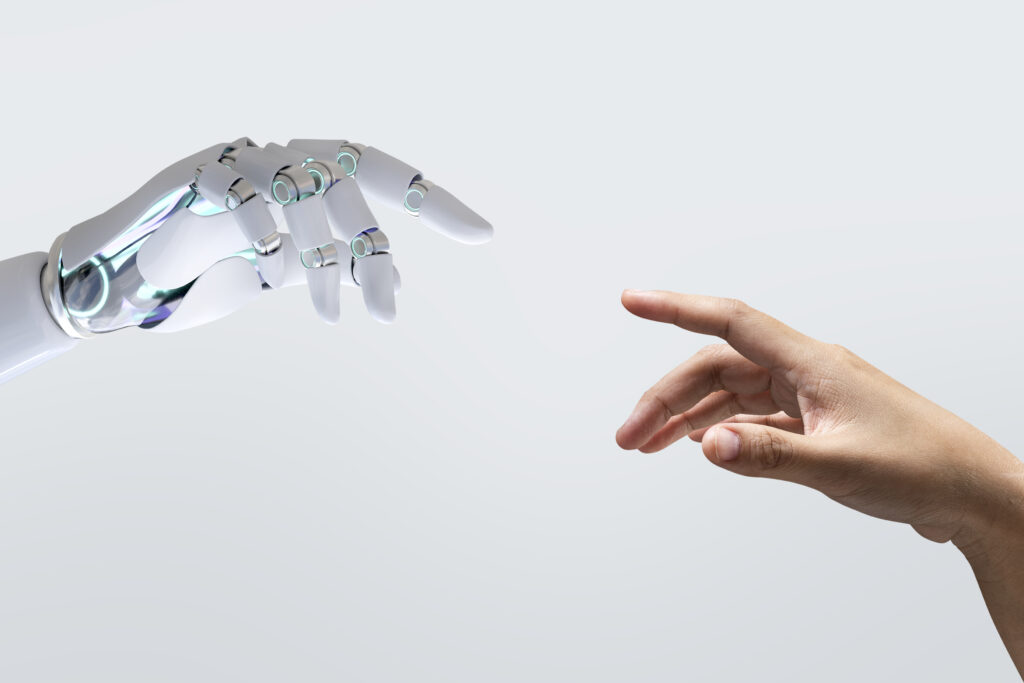A conversation with Pierpaolo Bubbio, our Technology Assessment and Strategy Director.
Let's dive right into your new role, which focuses on technology, assessment, and strategy. Can you start by telling us about the importance of technology?
Just one example to nail down the catch-all “technology” word: fingerprint capture, especially if contactless, when seen in action, is by far the best user experience you can think of. This is even better than face recognition because fingers are not exposed to public, plus a stolen fingerprint does not automatically connect with your identity, as your face does. The odd here is that those devices appear to be the future but never got traction because they are prohibitively expensive, they currently get used to grant access to luxury buildings and few other applications; however, I have seen them tested and NIST is thinking a specific set of regulations just for them. The question is: has this technology to be so costly? Worth digging more. Many other technology topics will certainly be raised by R&D department over time.

That’s intriguing. Let’s talk about your strategy for partnering with startups. How does this fit into Panini's innovation plans?
Innovation is at the heart of our strategy, and partnering with startups will be crucial in doing open innovation and developing solutions so that Panini can be perceived as “something else” than just a device manufacturer. A small AI company I met when I began being a startup mentor has the exact same kind of customers we have, banks and insurances, but they sell data management and AI analysis. They need to grow and extend horizontally, we need to widen our product offer: we definitely need to work together and get mutual benefit, right? Other startups are under scrutiny, some spark is possible and all efforts are in the direction to make it happen.
Collaboration is certainly key.
How do you envision cooperation with the Marketing and Business Development team?
The Marketing and Business Development team keeps generating applications and markets, I keep generating solutions and technical possibilities. So, marketing needs to have their hi-level concepts assessed with technical skills, I need my suggestions to be weighted and evaluated from a market perspective. Definitely, a tight and fruitful cooperation. It sounds like a great synergy. Now, let’s discuss legacy innovation.
How do you balance innovation with maintaining the legacy scanners?
Balancing innovation with the maintenance of our legacy scanners is critical. The term "legacy innovation" might sound like an oxymoron, but it’s essential. The welcome wave of innovation shouldn’t freeze the proper maintenance of our legacy scanners line. Competitors are still investing and releasing new products, so our scanners strengths have to be carefully surveyed and potentially fine-tuned, should the market needs suggest doing so.

Lastly, could you tell us about the importance of patents at Panini?
Over time, Panini deposited a certain number of Patents. They are meant to protect us against attempts to steal our business by copying technical ideas and even our products industrial design. It is important to be aware if there has been some IP violation and, should this be the case, find the best strategy to react.

Our Technology Assessment and Strategy Director Pierpaolo Bubbio tells us the pivotal role Italian companies—particularly Panini—played in the evolution of check truncation technology, culminating in their breakthrough into the U.S. market following the approval of the Check Clearing for the 21st Century Act (Check 21) in 2004.
Read moreJob Interviews: How to do Well Link to the articles: Job Interviews : How to do well Authors: Kristen Rogers Publish Dates: OCT 4,2024 Not using these job interview tips can reduce your chances of getting that job Introduction The Job interview process can be nerve-wracking, but preparation is key to standing out from […]
Read moreOutline: From Passwords to Biometrics: Evolving Security in Mobile Banking Link to the article: Passwords to Biometrics Author: Pendleton Community Bank Publish Dates: Feb. 2, 2024 Buyer Persona: Targeted towards banks and people interested in secure identity and checks. From Passwords to Biometrics: Evolving Security in Mobile Banking Introduction In today’s fast-paced digital world, […]
Read more